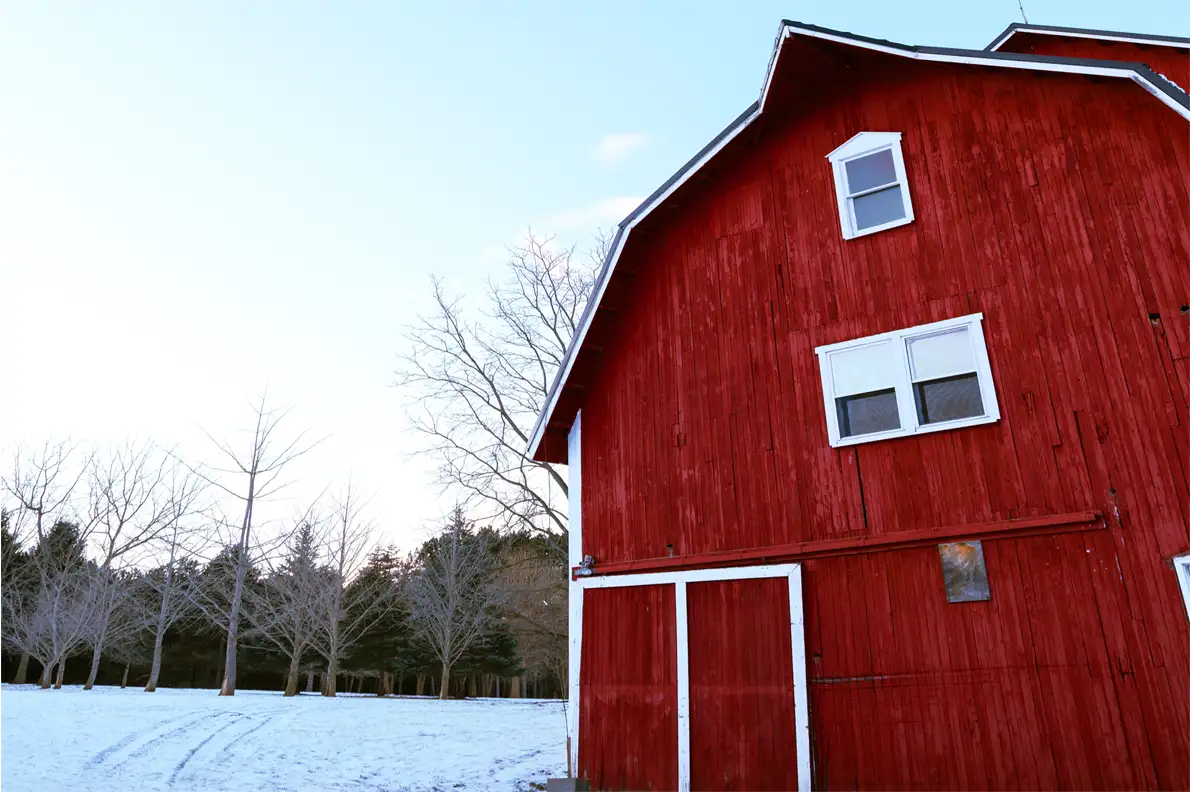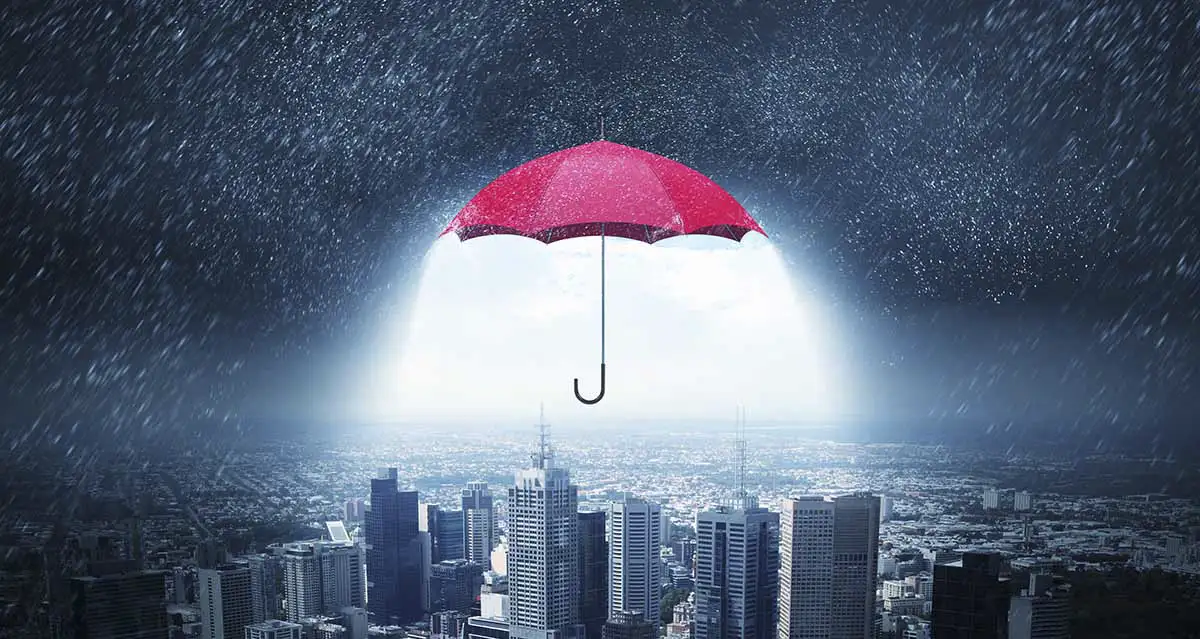
Reinsurance funds, those that invest in relatively obscure catastrophe bonds and quota shares, have provided uninspiring returns over much of the past decade. From 2014 to 2022, the Swiss Re Cat Bond Index, which measures the returns of the catastrophe bond market, returned an annualized 3.7%, far below its long-term average of 6.8%. However, the cat bond market got off to a hot start in 2023. It returned 10.5% in the first half of the year, which is the index’s strongest start to the year in over 20 years.

Investing in Reinsurance – Catastrophe Bonds
Reinsurance funds, those that invest in relatively obscure catastrophe bonds and quota shares, have provided uninspiring returns over much of the past decade. From 2014 to 2022, the Swiss Re Cat Bond Index, which measures the returns of the catastrophe bond market, returned an annualized 3.7%, far below its long-term average of 6.8%. However, the cat bond market got off to a hot start in 2023. It returned 10.5% in the first half of the year, which is the index’s strongest start to the year in over 20 years.
As a reminder, reinsurance funds make money in relatively placid times, but lose money when large natural disasters occur. An investor’s return includes the insurance premiums paid by cat bond issuers less the claims that are paid out to cover the damages caused by adverse events. These funds fit in nicely with a broader alternative investment strategy since returns are uncorrelated with stock market returns and economic activity (a bear market or recession doesn’t cause category 5 hurricanes to form).
There have been a couple factors that have contributed to this year’s favorable returns. Premiums for catastrophe bonds recently issued are up by roughly 50% versus just a couple years ago. This means that investors are being paid significantly more for taking on similar levels of risk. This so called “hard market” environment often results when the reinsurance industry suffers losses for several years. Big losses from hurricanes, earthquakes, and other events cause reinsurance companies to raise their rates for future policies. Today’s rate increases are as strong as they have been in over twenty years.
Another factor that has benefited reinsurance returns is rising interest rates. Catastrophe bonds earn a yield of a fixed spread plus a short-term Treasury-bill rate. With short-term T-bills yielding over five percent, the extra return is up significantly from the close to zero percent yields of a few years ago.
With these factors in place, should we expect to see a repeat in double digit returns in the second half of the year? Even though yields remain attractive, similar returns are certainly not a guarantee. The good news is that, on average, historical annualized returns for the Swiss Re Cat Bond Index has been 1.2% higher during the months of July through December compared to January through June. This return comes with additional risk, however, as the standard deviation of returns is also more than twice as high compared to first half returns. The Atlantic hurricane season obviously contributes a large portion of the volatility. The Stoneridge catastrophe bond and quota share funds each lost over 13% in a period of about a week due to the damage caused by Hurricane Irma in September of 2017 and by Hurricane Ian in September of 2022, so steep losses over a very short period are not unusual. Weather patterns are inherently unpredictable, but with this year being an El Nino year, the outlook is for a relatively quiet hurricane season, at least for major storms.
We often hear that investors don’t want to invest in reinsurance funds because climate change increases the risk of loss from primary perils such as earthquakes and hurricanes. However, the data doesn’t show this. While there is some evidence of increased hurricane activity from warmer air and ocean temperatures, there has been no statistical uptick in larger hurricanes or landfall hurricanes (the kind that result in losses for reinsurance funds).
Reinsurance, like all the strategies we invest in, will go through strong and weak return periods. After years of subpar returns, expected future returns of the strategy appear much more attractive because of a hard market for insurance rates and higher Treasury yields. But just as no one can definitively time the stock market, no one knows for sure when the next natural disaster will occur or how much damage it will cause. The way to earn sizeable uncorrelated returns is to be able to literally ride out the storm and commit to the strategy over a long-term horizon.